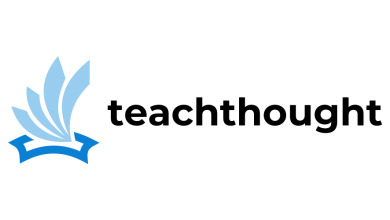4 Benefits To Cloud-Based Learning

by TeachThought Staff
As learning becomes increasingly digital, access becomes increasingly important.
The Flipped Classroom, for example, requires technology that would have been considered dramatic only a few years ago. Broadband access, CPU speed, graphics processing, multi-media production in terms of sound, image, film, and other innovations have placed significant demands on the technology industry.
Of course, it has been too eager to respond as an industry grounded in business principles.
Among those most under-appreciated of those responses has been the ‘cloud.’
Examples of Cloud-Based Learning
Google Classroom
Function: It enables teachers to create, distribute, and grade assignments paperlessly, fostering efficient communication and collaboration between students and educators.
Khan Academy
Function: It provides free, high-quality educational resources and personalized learning dashboards, allowing students to learn at their own pace and teachers to track progress effectively.
Coursera
Function: Offers access to courses from top universities and companies worldwide, promoting lifelong learning and skill development with flexible scheduling and certification options.
Edmodo
Benefit: It connects students, teachers, and parents on a single platform, enhancing classroom interactions with features like quizzes, assignments, and real-time feedback.
Benefits of Cloud-Based Learning
Benefit 1. Scalability and Updates
Educational content and tools can be easily scaled and updated in the cloud, ensuring learners can access the latest information and resources without the delays and expenses of traditional updates.
Benefit 2. Accessibility
Students and teachers can access educational materials anytime and anywhere, making learning more flexible and accommodating diverse schedules and learning environments.
The cloud offers access to all of your data at all times. This improves ‘dwell time’ with assignments and projects from various locations and promotes more diverse collaboration.
Benefit 3: Collaboration
Cloud-based platforms facilitate seamless collaboration among students and educators through shared documents, discussion forums, and real-time feedback, enhancing the learning experience.
Speaking of collaboration, the cloud–with Google Docs, for example—makes sharing, viewing, and real-time collaborative editing of media not only possible.
The cloud also supports simpler and more compelling curation of digital work in pursuit of digital portfolios.
Benefit 4: Cost-Effectiveness
The cloud reduces the need for physical textbooks, printed materials, and in-person training, cutting educational institutions and students’ costs while (potentially) providing high-quality resources.




